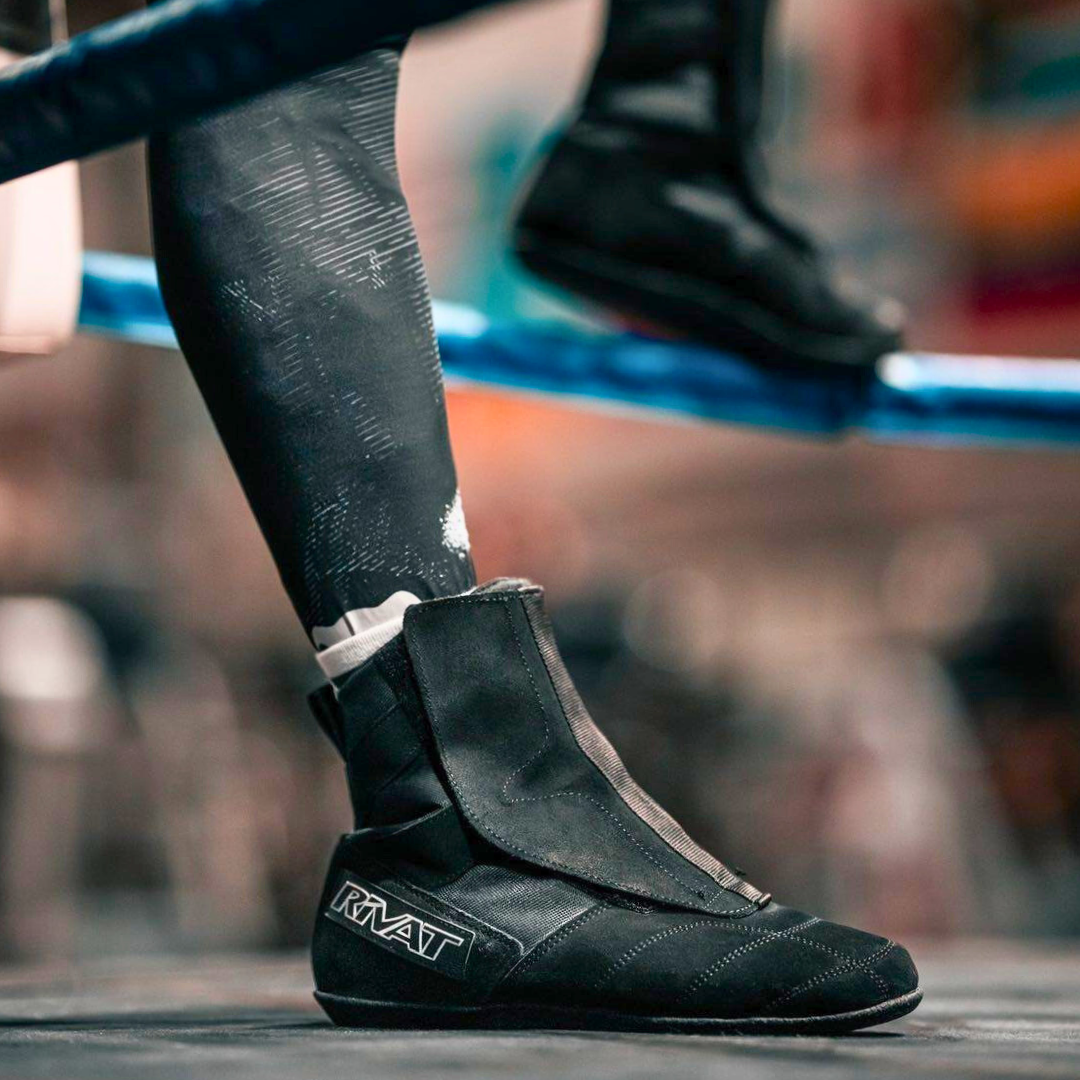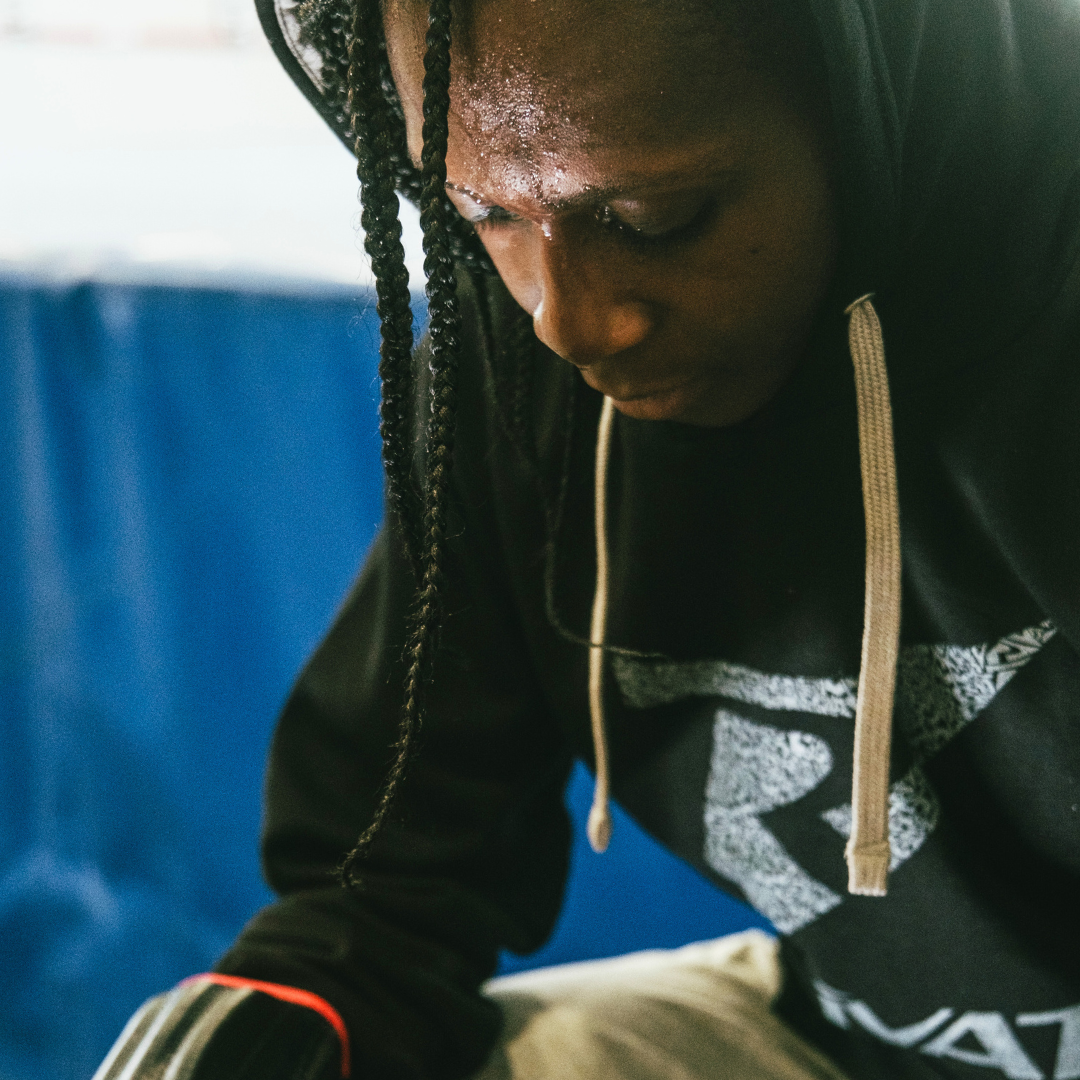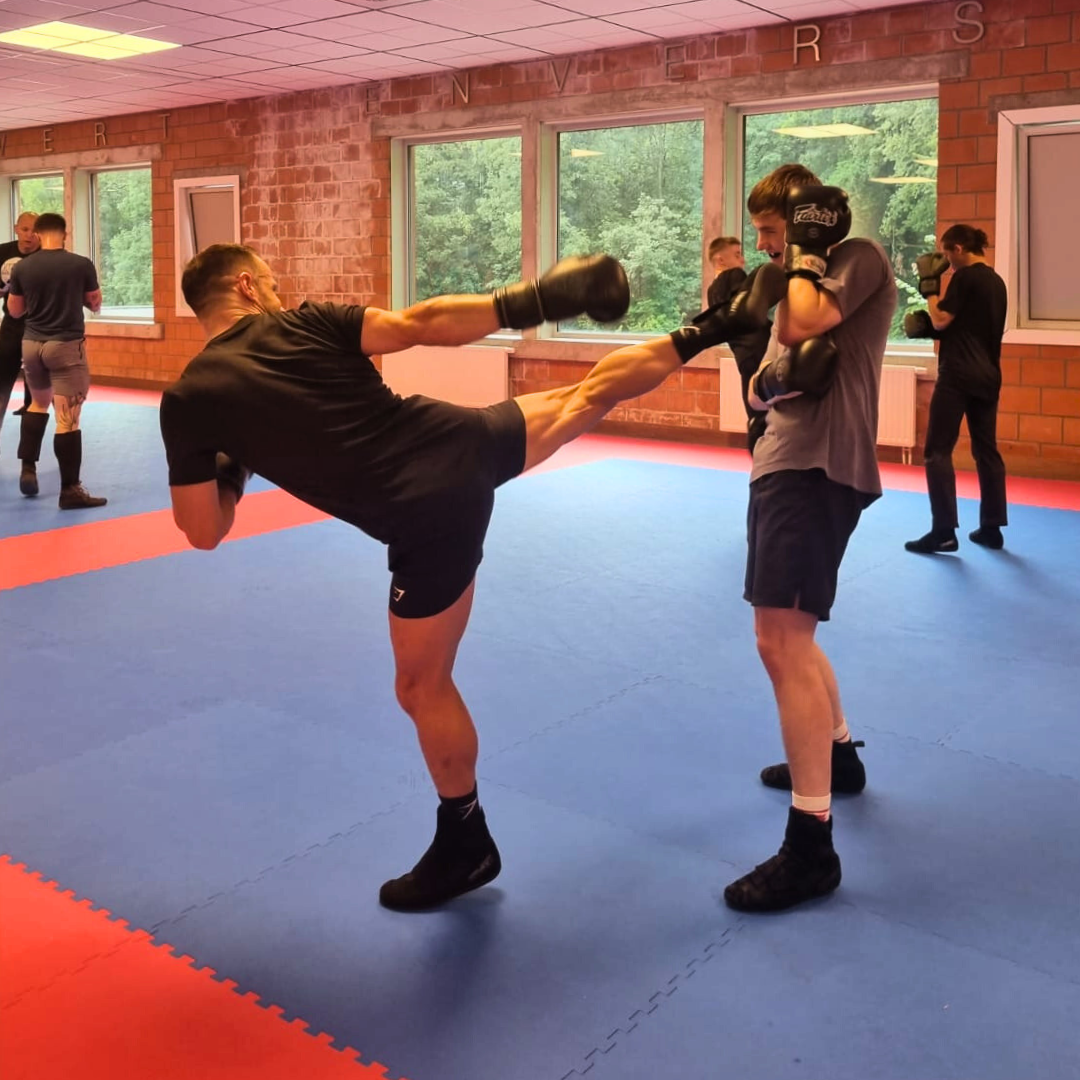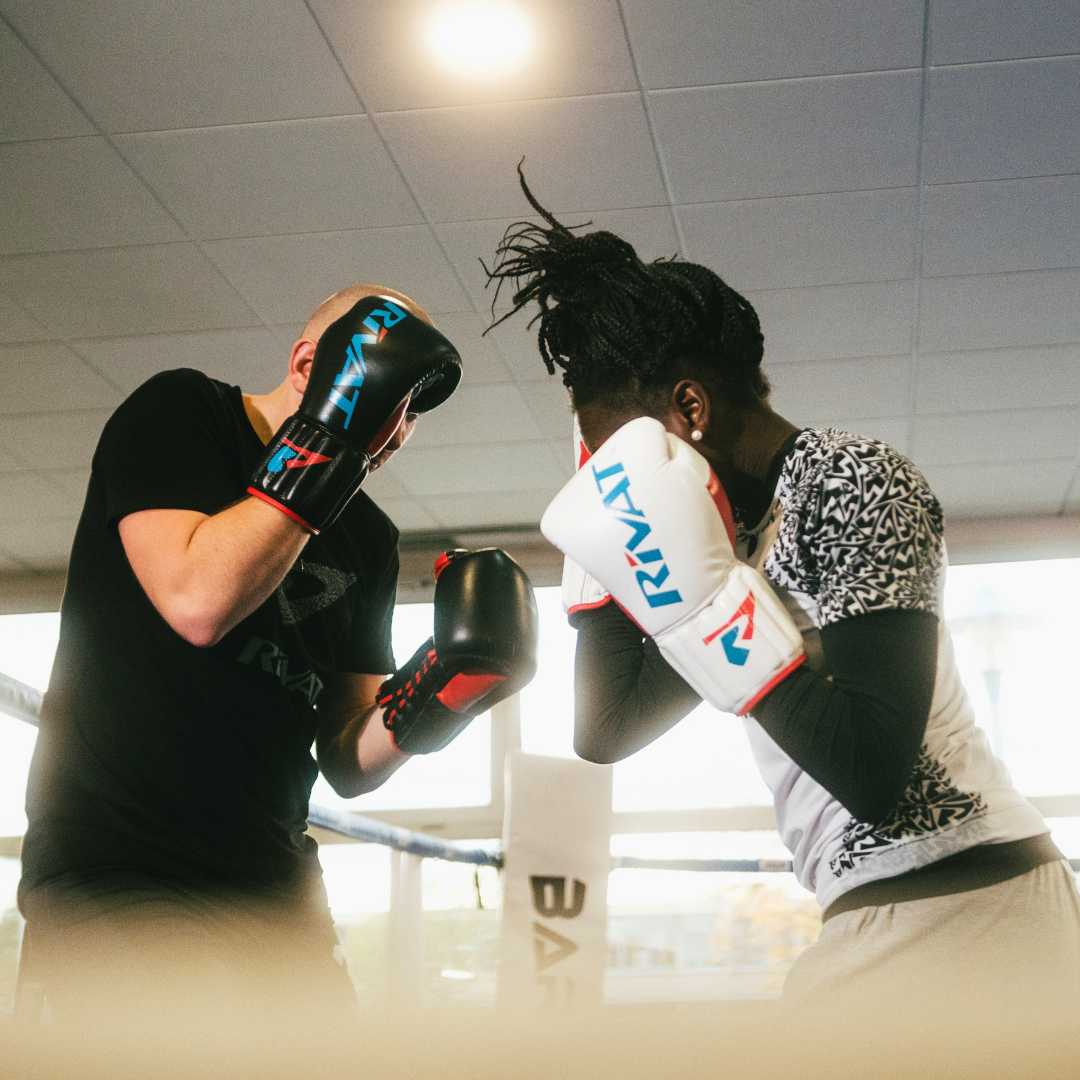1. Introduction to the Low Kick
1.1. What is the Low Kick?
The low kick is a direct blow intended to strike the opponent's legs or feet. In French boxing, it is used to target the thighs, knees, or even calves in order to reduce the opponent's mobility and disrupt their balance. This blow is particularly effective for controlling distance and imposing constant pressure on the opponent.
1.2. Why is the Low Kick Crucial?
The low kick is essential for several reasons:
- Imbalance: It allows you to unbalance the opponent, thus reducing their ability to attack or defend themselves.
- Weakening: By targeting the legs, it decreases the opponent's hitting power and endurance.
- Control: It helps maintain distance and create openings for additional attacks.
2. Low Kick Variations
2.1. The Direct Low Kick
Description :
The direct low kick is executed with a clean, direct strike towards the opponent's legs. It is primarily aimed at the knee or lower thigh.
Technique:
- Starting Position: From guard position, step forward with your back leg to prepare for the strike.
- Execution: Raise the front leg with the knee slightly bent, then extend the leg to strike the target directly.
- Return to Position: Quickly return to the guard position after impact to prepare for further action.
2.2. The Low Circular Kick
Description :
The low roundhouse kick, or "side kick," is performed in a circular motion to strike the sides of the opponent's legs.
Technique:
- Starting Position: Position yourself on guard with your feet apart and your knees bent.
- Execution: Rotate the trunk and foot to strike with the outer part of the foot in a circular motion towards the back.
- Return to Position: Quickly resume your guard position after impact.
3. Techniques to Master the Low Kick
3.1. Strengthening Targeted Muscles
To execute an effective low kick, it is crucial to strengthen the muscles in the legs and hips. Exercises such as squats, lunges, and high knees are particularly beneficial.
3.2. Practice of Movements
Repetition of movements is essential for mastering the low kick. Practice regularly with a partner or on a punching bag to improve your accuracy, power, and timing.
3.3. Improving Flexibility
Good flexibility in your legs and hips makes it easier to execute the low kick. Incorporate regular stretching and mobility exercises into your training routine to optimize your movements.
3.4. Use of Preparation Techniques
Before executing the low kick, use preparation techniques such as feints or movements to deceive your opponent and create an opening.
4. Practical Applications of the Low Kick
4.1. Integration into Combinations
The low kick is often used in combination with other techniques to maximize its effectiveness. For example, a typical combination might include a low kick followed by a straight punch or hook.
4.2. Use in Combat Scenarios
In a combat situation, the low kick can be used to control distance and gradually weaken your opponent. Learn to assess the opportune moments to use this move based on your opponent's position and movements.
Conclusion
The low kick is a powerful and strategic technique in French boxing, essential for unbalancing and weakening your opponent. By mastering the different variations and applying the appropriate techniques, you will be able to optimize your performance in the ring. Continue to train, perfect your movements, and integrate these techniques into your fights to become a more effective and formidable boxer.








